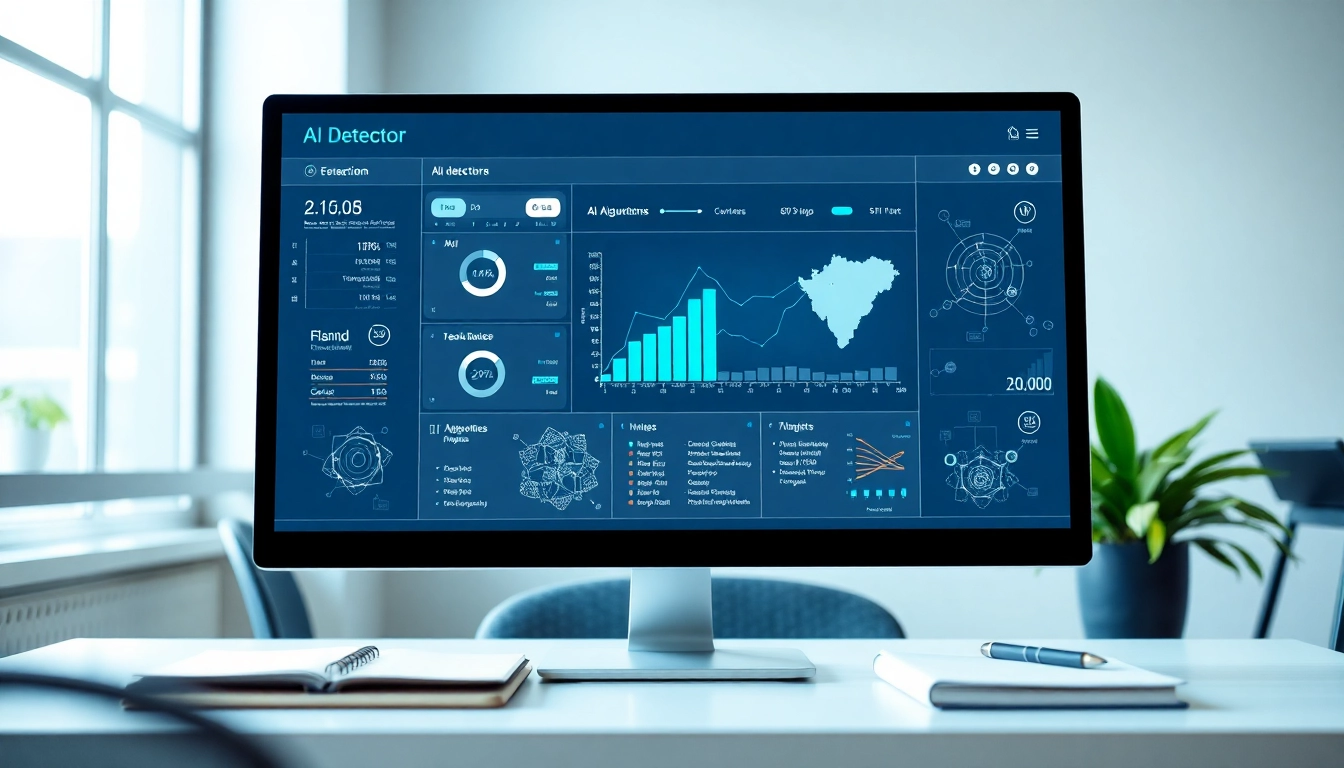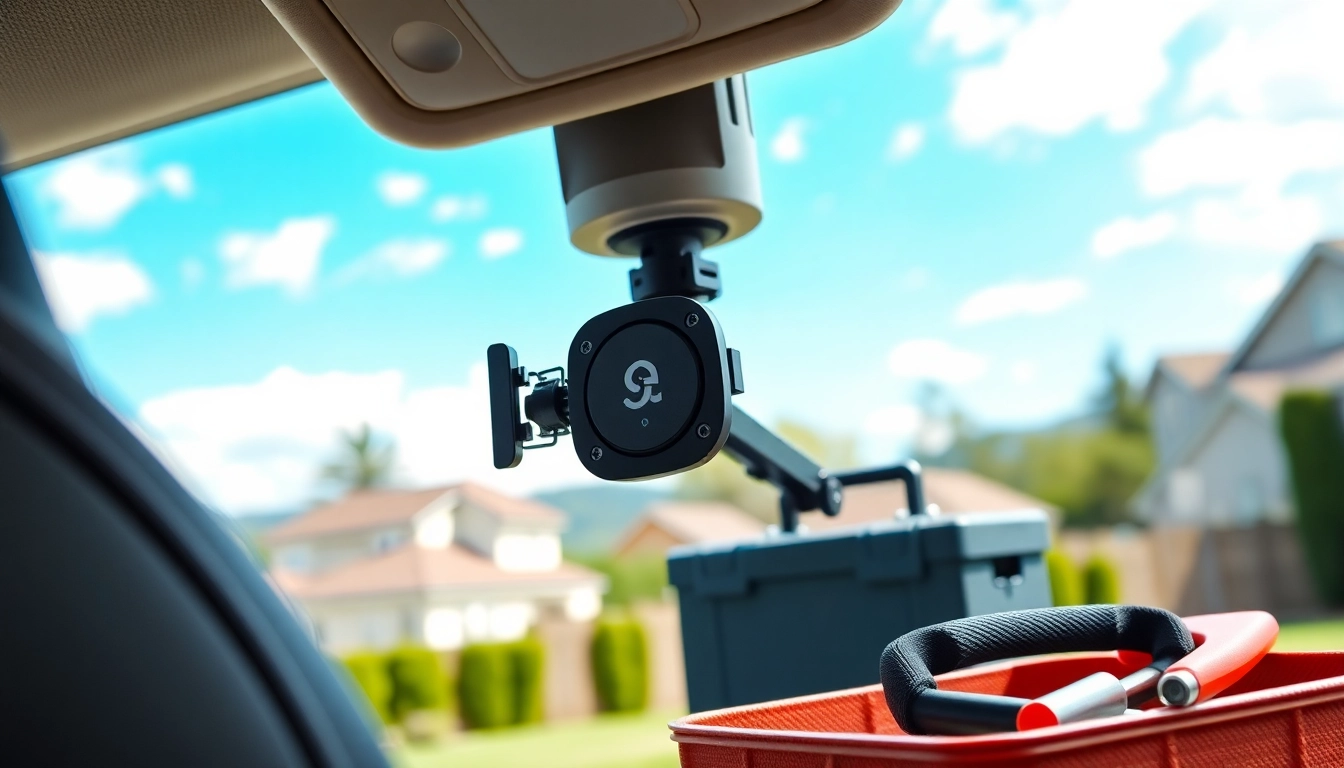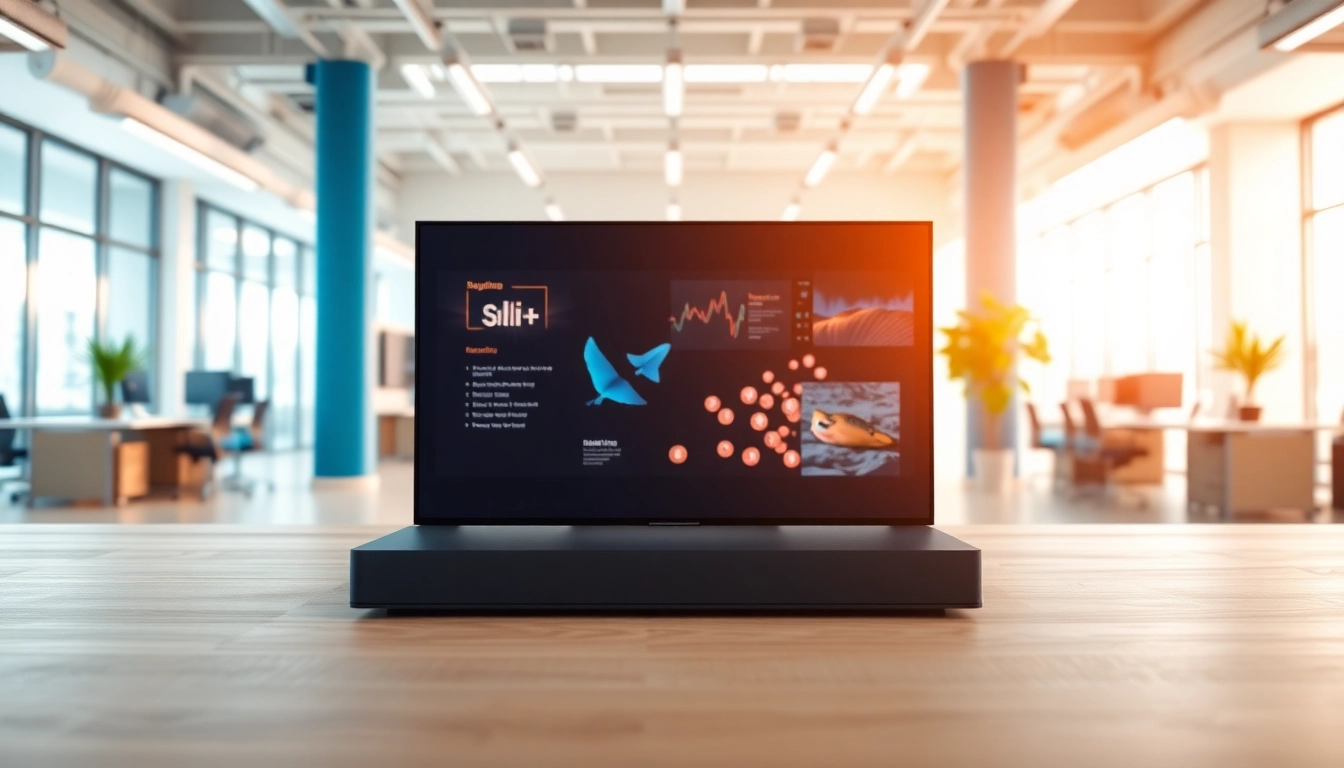What is an ai detector?
Definition and Purpose of ai detector
An ai detector is a sophisticated tool designed to identify whether a piece of written text has been generated by artificial intelligence. The primary purpose of these detectors is to enhance content authenticity checks, ensuring that what is published – whether in educational settings, professional environments, or online platforms – meets integrity and originality standards. With the increasing prevalence of AI in content creation, understanding and utilizing these detectors has become crucial for various stakeholders, including educators, content creators, and regulatory bodies.
How ai detector Technology Works
The technology behind ai detectors is rooted in advanced algorithms and machine learning principles. These tools typically employ natural language processing (NLP) techniques, which allow them to analyze textual patterns and structures that differentiate human writing from that produced by AI. By breaking down the text, the ai detector evaluates factors such as syntax, tone, and phrasing, determining the likelihood of AI involvement in the content creation process.
Many ai detectors assess text using a multi-stage methodology, analyzing not only the content’s surface level but also deeper semantic features. They often compare suspect text against vast databases of known AI-generated material and apply statistical models to evaluate its authenticity. The culmination of these analyses results in a score or rating that indicates the probability that the text is AI-generated or human-written.
Common Use Cases for ai detector
ai detectors serve numerous purposes in various sectors. Below are some common use cases:
- Educational Institutions: Teachers and academic institutions use ai detectors to ensure that students’ submissions are original and not AI-generated, safeguarding the integrity of academic work.
- Content Creation: Writers and marketers rely on ai detectors to confirm the originality of drafts and published materials, enhancing their brand and maintaining credibility.
- Publishing and Media: Journalists and editors utilize these tools to verify the authenticity of articles and reports, especially when dealing with user-generated content.
- Legal Applications: Law enforcement and regulatory bodies leverage ai detectors to uncover fraudulent documents or misinformation campaigns, aiding in the maintenance of public trust.
Why Use an ai detector?
Benefits of Identifying AI-Generated Text
The benefits of employing an ai detector are plentiful, making them essential in today’s digital landscape. Here are a few key advantages:
- Ensures Authenticity: By identifying AI-generated content, organizations can maintain high standards of authenticity and ethical responsibility.
- Enhances Trust: When users know that a platform employs ai detectors, they are more likely to trust its content and recommendations, leading to higher engagement and retention.
- Prevents Miscommunication: Distinguishing between human-generated and machine-generated content can mitigate misunderstandings, especially in sensitive subjects where nuance is crucial.
- Supports Intellectual Property Rights: Protecting original ideas and content becomes more feasible when stakeholders can accurately assess authorship.
Impact on Content Authenticity and Integrity
Content authenticity is paramount, particularly in an era where misinformation is rampant. ai detectors play a vital role in upholding this authenticity by evaluating and providing clarity on text origins. As audiences become more discerning, the need for reliable content increases exponentially. By implementing rigorous checks using ai detectors, organizations can reinforce their commitment to ethical content practices, which in turn fosters an environment where quality and integrity remain at the forefront.
Role in Educational and Professional Settings
In educational settings, ai detectors facilitate a fair assessment of student work, deterring academic dishonesty while promoting genuine engagement with subject matter. The incorporation of these tools not only aids educators in evaluation but also educates students about the importance of originality and integrity in their work. Similarly, in professional environments, businesses can utilize ai detectors to ensure that the content represents their brand accurately, maintains legal compliance, and supports their stakeholders effectively.
How to Choose the Right ai detector
Key Features to Look For in an ai detector
Selecting the appropriate ai detector involves considering several critical features:
- Accuracy: The detection models’ reliability and precision in identifying AI-generated content are paramount.
- User-Friendliness: The tool should offer an intuitive interface, facilitating ease of use for different stakeholders, from educators to marketing professionals.
- Speed: Quick processing and real-time analysis capabilities are necessary, especially for users working on tight deadlines.
- Comprehensive Reporting: The ability to generate detailed reports showcasing the evaluation results, including confidence scores and suggested improvements, enhances user experience.
Evaluating Accuracy and Performance
When appraising an ai detector, thorough evaluation of its accuracy and performance metrics is essential. Users should consider past evaluations, surveys, and benchmarks that demonstrate how effectively the tool detects AI content across different text types and lengths. Engaging in trials or using refund guarantees can also help ensure that users select a tool that meets their specific requirements.
Comparing Different ai detector Tools
Delving into comparisons among various ai detectors can illuminate their differences in capabilities and advantages. When comparing tools, it’s wise to consider:
- Pricing Models: Determine whether the tool operates on a subscription basis, one-off payment, or tiered model.
- Customer Support: Assess whether adequate support, documentation, and resources are available to assist users as they integrate ai detectors into their workflows.
- Integration Options: Evaluate how easily the tool integrates into existing workflows, whether through API access or plugins for common content creation platforms.
Best Practices for Using an ai detector
Steps to Optimize Detection Accuracy
To ensure users achieve optimal results when employing an ai detector, the following best practices can be helpful:
- Provide Clear Context: When using the detector, including context that may assist the tool in making more accurate assessments can enhance results.
- Utilize Sample Sets: Test multiple samples of content to understand the detection model’s performance across varied text styles and structures.
- Take Feedback Seriously: Leverage the feedback provided by the detector to refine content creation processes for future projects.
Integrating ai detector in Content Creation Workflow
Incorporating ai detectors into the content creation workflow necessitates a strategic approach. Establishing clear checkpoints, such as pre-publication reviews using an ai detector, helps ensure that all content meets authenticity standards. Training team members on the effective use of ai detectors and promoting a culture of integrity within the team can further enhance the quality and accuracy of created content.
Common Mistakes to Avoid with ai detector
To maximize the effectiveness of ai detectors, it’s important to steer clear of common pitfalls:
- Over-Reliance on Technology: While powerful, ai detectors should not replace human judgment; rely on them as supplementary tools instead.
- Ignoring Feedback: Disregarding insights and reports generated by the detector may undermine quality improvement efforts.
- Failure to Keep Updated: Tools evolve constantly; make sure to keep abreast of updates and new features to ensure that the detector remains effective.
The Future of ai detector Technology
Trends Shaping the Development of ai detector
The future of ai detector technology is likely to be influenced by several key trends:
- Advancements in AI Understanding: As technology progresses, the detectors will become more adept at sensing subtle nuances between human and AI writing, increasing their accuracy.
- Increased Usage Across Sectors: The role of ai detectors in industries like healthcare, law, and education will likely expand as reliance on digital content grows.
- Regulatory Scrutiny: Expect greater regulatory interest in content authenticity and the ethical use of AI, leading to standardized practices around ai detector implementations.
Potential Ethical Implications of ai detectors
As with any technology, the implementation of ai detectors presents ethical concerns that must be addressed. Questions regarding data privacy, the potential for misuse in censorship, and impacts on creative freedoms are vital discussions that must guide the design and deployment of these tools. Establishing clear ethical guidelines and regulations will help ensure that ai detectors serve society positively, protecting users while promoting transparency and trust.
The Evolving Role of ai detector in Digital Communication
As digital communication continues to evolve, so too will the role of ai detectors. In an age where content is created and disseminated at unprecedented rates, ensuring integrity and authenticity will be essential for maintaining trust among users. The evolution of these tools will likely include an enhanced focus on collaboration between AI and human authorship, recognizing the strengths and weaknesses of both while fostering an environment that values human creativity in conjunction with technological advancements.















Leave a Reply